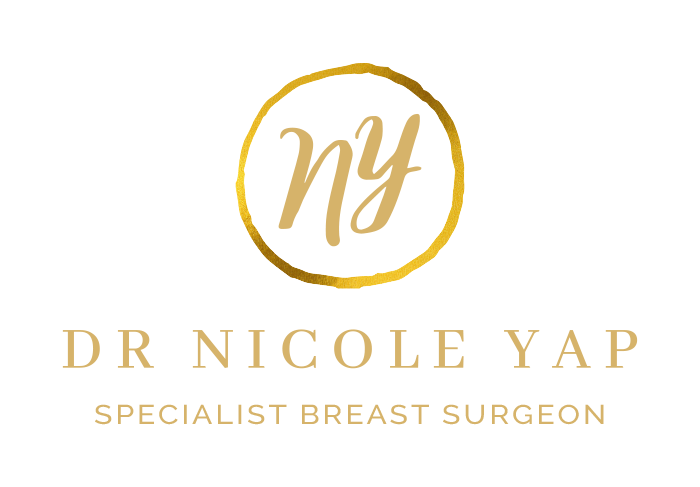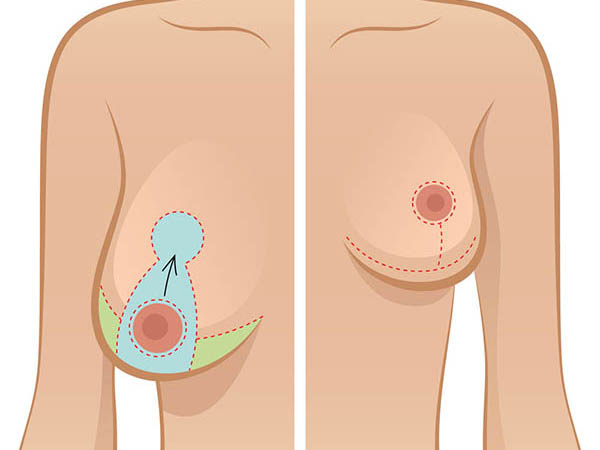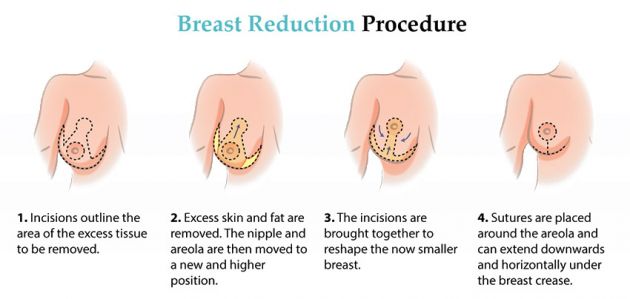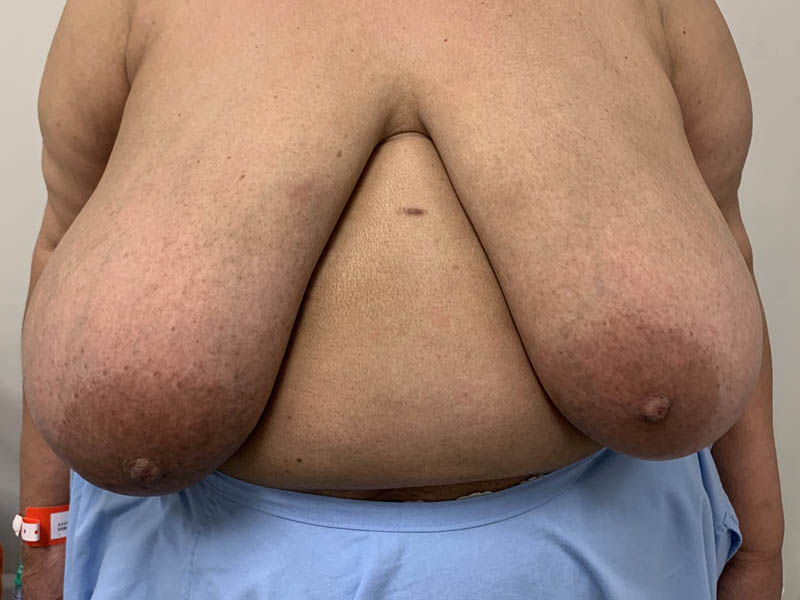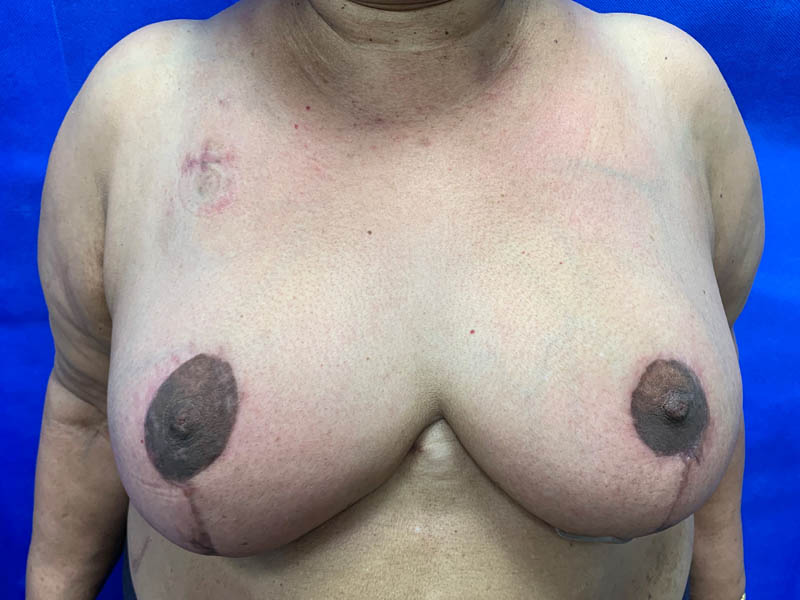Breast reduction surgery, otherwise known as reduction mammoplasty, is a procedure which removes both breast volume, as well as reducing and redraping the skin “envelope”, to create a breast size in proportion to your body.
It is performed for a variety of reasons all of which are as a result of macromastia (large breasts), in either both breasts, or just one side.
Removing excessive breast tissue is a bit like removing “a huge weight off the chest”. Most women suffer from years of back, shoulder, and neck pain, with indentation over their shoulders from the bra strap, have difficulty exercising, and suffer from rashes in the breast crease under their breasts.
In summary, reasons to have a breast reduction are
- Chronic back, neck, and shoulder pain
- Chronic rash or skin irritation under the breasts
- Restricted physical activity
- Breast pain
- Difficulty fitting into bras and clothing
Breast reduction surgery can be performed at any age, including teenagers. The proviso is, if your breasts are not yet fully developed, you may require a second surgery later in life.
Other reasons to postpone breast reduction surgery are
- Prior to planning potential pregnancy and subsequent breast feeding, as this will change the volume and shape of the breasts.
- Prior to planning to lose weight which can also change breast size and shape.

Reasons to have a breast reduction are:
- Chronic back, neck, and shoulder pain
- Chronic rash or skin irritation under the breasts
- Restricted physical activity
- Breast pain
- Difficulty fitting into bras and clothing
How is Breast Reduction Procedure Performed?
Initial investigations will include a recent mammogram and bilateral breast ultrasound to assess overall breast health. If pathology is found, either noncancerous or a cancer, these can potentially be removed at the time of the breast reduction procedure.
Breast reduction surgery involves removal of excess skin, fat and glandular tissue through incisions on your breasts. Excess fat may also be removed through liposuction along with various excision techniques. If the breast size is due primarily to fatty tissue and excess skin is not an issue, liposuction alone may be used as the sole technique. This however, does not address the enlarged skin envelope nor create a lift, and the breasts can be left flat and droopy.
Incision options include
- Short scar procedure uses an incision that circles the nipple-areolar margin, and then moves vertically down towards the lower breast crease with a reduction in length of the horizontal incision. This is more suitable for moderately large breasts, rather than extremely large breasts.
- Inverted T incision, is similar to the short scar but with a much longer lower breast crease scar. This technique allows for a better breast lift with elevation of the nipple – areolar complex to a position from which its original position, and an improvement in the breast contour.
The nipple – areolar complex can either be excised and grafted in a new position, or kept alive on a well vascularised flap of tissue. Dr Yap tends to avoid grafting and keep the nipple-areolar complex attached to the breast tissue.
Dr Yap will attempt to achieve symmetry between the breasts, especially if you have asymmetrical breasts to start with. The size of the areolar also might be reduced.
A soft drain is used in each breast to remove excess fluid which consists of some bloody ooze and inflammatory fluid. The drain is usually in situ from 1-3 days, during which time the amount of fluid draining is monitored.
Immediately after the surgery, the incision sites have a porous tape over them, and gauze on top. A compression bra without underwire, is used as part of the dressing, and worn day and night (apart from showering) for 4 to 6 weeks post operatively. Medications include pain and antibiotics, to reduce the risk of infection.
The wounds need to be kept dry for up to 10 days and upper body physical activity should be reduced for 4 weeks. Walking at least 30 minutes a day is important from the first post operative day.
Potential complications include
- Cardiovascular/respiratory complications associated with a long general anaesthetic
- Bleeding
- Infection
- Wound breakdown
- Partial or complete loss of sensation and/or tissue of the nipple-areolar complex
- Keloid scar (raised, red, sometimes painful incision), due to genetic propensity to “over heal”
It is unusual to have issues with breast feeding if the nipple – areolar complex is left intact with the ducts which should not be damaged in my hands.
The rate of complications are higher in women who are diabetic or smoke, due to poor blood supply which delays healing and can lead to wound infection and breakdown.
In Australia, Reduction Mammoplasty currently can be partially covered under certain levels of private insurance. If considering this procedure, speak to your insurance provider to find out whether your level of cover is sufficient. You may consider increasing your level of cover as it will definitely decrease your costs.
If you need a breast reduction surgeon in Melbourne, contact Dr Nicole Yap now!
